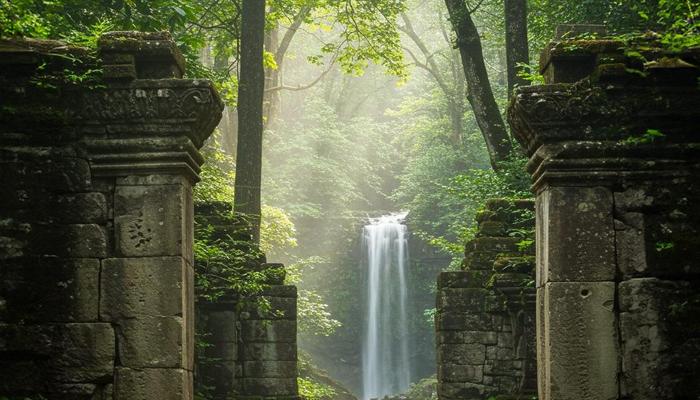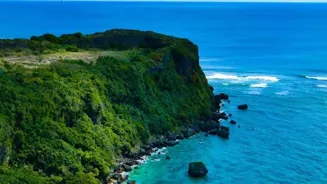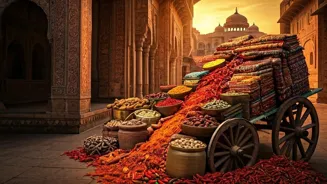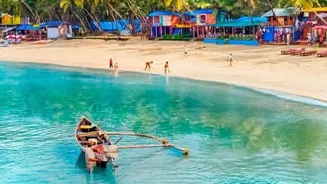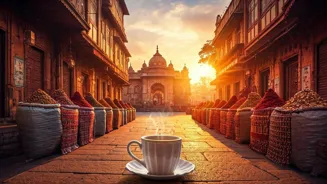Unraveling Local Legends: 7 Stories Behind Famous Destinations. Dive into intriguing tales that shape iconic locations
India, a land steeped in culture and history, has numerous famous destinations. But
beyond their scenic beauty and architectural marvels, lie captivating stories passed down through generations.
These local legends add a layer of mystique and intrigue, transforming a simple visit into an immersive experience. Let's explore seven such fascinating tales that breathe life into these iconic locations.
Ooty's tribal roots shape its modern identity
Our journey begins in the enchanting hills of Ooty, Tamil Nadu. Known for its sprawling tea gardens and serene lakes, Ooty's name, according to local lore, finds its roots in the Toda tribe.
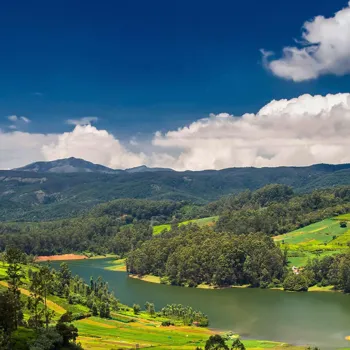
The Todas, the original inhabitants of the Nilgiri Hills, called the area "Othakal-mund," which translates to "house in the mountains." Over time, this evolved into the more familiar "Ootacamund" and eventually, "Ooty.
" This simple story connects the modern tourist destination to its tribal past, offering a glimpse into the lives of those who first called these hills home. It reminds us that every place carries within it the whispers of its origins, waiting to be discovered by those who seek them.
Exploring Ooty is not just about enjoying the scenery; it's about understanding and respecting the heritage that has shaped its identity.
Varanasi: City of Light, Shiva's love, eternal cycle of life
Next, we travel to the historical city of Varanasi, Uttar Pradesh, one of the oldest living cities in the world. Beyond its spiritual significance, Varanasi carries a tale linked to Lord Shiva.
Legend has it that Shiva and Parvati stood at the beginning of time, and that Shiva loved this city dearly. It is believed that Varanasi is built on Shiva's trident and is so holy that destruction cannot touch it.
It is one of the reasons why it’s called the city of light, where even death is considered as way to mukti. This belief explains the city's enduring status as a sacred space, attracting pilgrims for centuries.
Also note, Varanasi is not just a geographical location but a symbolic representation of the eternal cycle of life and death.
Khajuraho temples celebrate life through intricate sculptures
Our next stop is Khajuraho, Madhya Pradesh, renowned for its stunning temples adorned with intricate sculptures. While the erotic sculptures are widely discussed, the story of their origin remains lesser known. Local belief attributes the creation of the Khajuraho temples to the Chandela dynasty.
It is said that the sculptures were created to teach the people about Kama, or desire. While this has more of a sensual belief, the truth is far from that. The Chandela dynasty commissioned these temples to celebrate life in all its forms, and that included Kama.
To show different aspects and truths about life, these sculptures stand apart because they were not just made as an object of desire instead they are a celebration. They remind us that art can be a powerful tool for expressing complex human emotions and experiences.
The incorrupt body of St. Francis Xavier in Goa sparks devotion and unity
Now, let's venture to the coastal state of Goa. Apart from its beaches and party scene, Goa has a fascinating tale linked to its patron saint, St. Francis Xavier. It is said that when St. Francis Xavier died his body remained incorrupt even after death.
Many people came from far and wide to Goa and saw the body of St. Xavier. With each passing day, St. Francis body remained the same and that surprised many. To this date, people visit the church where his body is and pray daily. The story associated with St.
Francis Xavier, a figure of devotion and healing, adds a layer of reverence to Goa’s vibrant culture. The story has been passed down through generations and is one of the most well-known and followed stories of Goa.
This belief highlights the enduring power of faith and the stories that bind communities together.
Ancient city of Dwarka: submerged kingdom of Lord Krishna, archaeological evidence validates legend
Our next destination is the ancient city of Dwarka, Gujarat, believed to be the former kingdom of Lord Krishna. The legend says that the city of Dwarka was submerged in the ocean after Krishna's departure from the mortal world. It is said that a great flood engulfed the city, swallowing it whole.
Archaeological findings have provided evidence of submerged structures, giving credence to the age-old story passed down through generations. The legend of Dwarka serves as a reminder of the impermanence of worldly things and the power of divine will.
Exploring Kodaikanal, a hill station with a deep connection to nature and indigenous beliefs
Finally, we arrive at the serene hill station of Kodaikanal, Tamil Nadu. The name "Kodaikanal" translates to "gift of the forest" in Tamil. Local legend says that the Palaiyar tribes, the original inhabitants of the area, believed the forests of Kodaikanal were a sacred space.
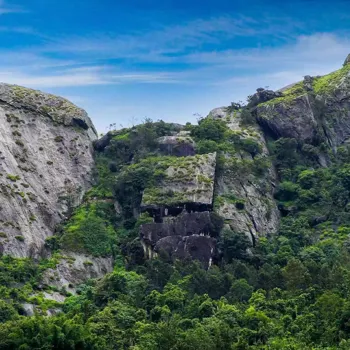
The forests were gifted to them by the divine and they lived in harmony with nature. Palaiyar tribes were living in total symbiosis with nature.
The Palaiyar are still a part of that place and they still believe that they have a symbiotic relation, which means there is harmony and they help each other with their presence to protect from natural disaster.
This belief highlights the importance of environmental conservation and the wisdom of indigenous communities.
AI Generated Content. Glance/InMobi shall have no liability for the content